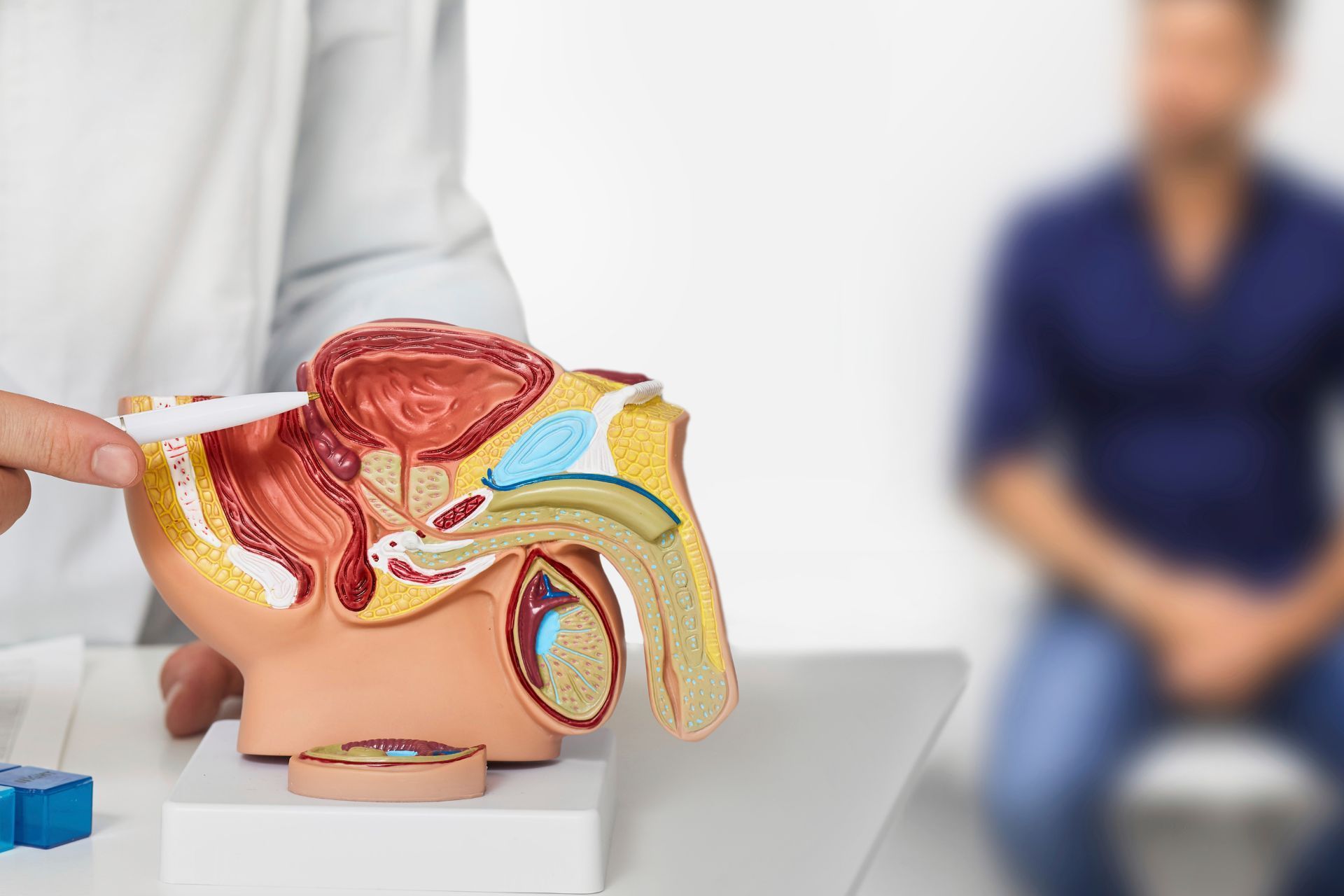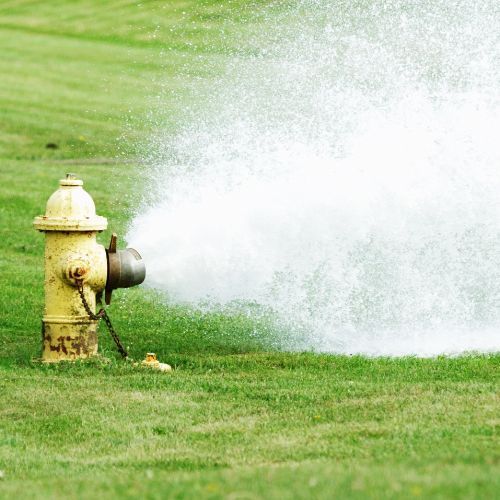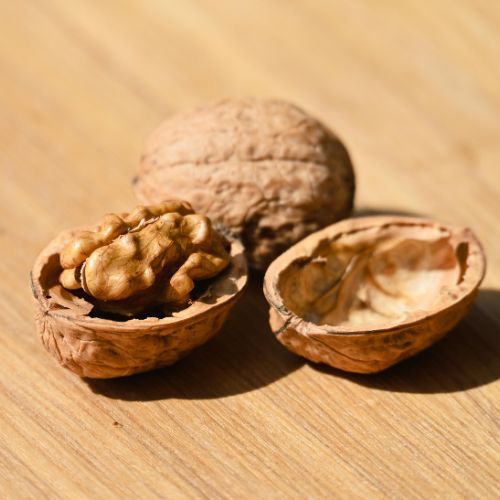Prostate Cancer

Prostate cancer is a significant health concern, particularly for men over 50, arising when abnormal cells in the prostate gland grow uncontrollably, forming malignant tumors. It is the most commonly diagnosed cancer in Australia, with over 26,000 cases in 2024 and a lifetime risk of 1 in 6 by age 85. Early-stage prostate cancer often has no symptoms, but advanced cases may involve urinary frequency, pain during urination, blood in urine/semen, or bone pain. Risk factors include age, family history (especially BRCA gene mutations), and elevated testosterone levels.
How Is Prostate Cancer Diagnosed?
There’s no single test for prostate cancer. Diagnosis usually involves:
- PSA Blood Test: Measures a protein made by the prostate. High PSA can mean cancer, but also other prostate issues. PSA testing can help catch cancer early, but it’s not perfect-sometimes it leads to unnecessary worry or treatment. Talk to your GP about the pros and cons for you.
- Digital Rectal Exam (DRE): Your doctor feels the prostate for lumps. This is quick and safe, but not always needed-especially if your PSA is normal.
- Imaging & Biopsy: If cancer is suspected, scans and a biopsy (removal of a small tissue sample) confirm the diagnosis.
Your Role in Care Decisions
A prostate cancer diagnosis can be overwhelming, but you’re not alone. At Pelvic Health Melbourne, we encourage you to:
Ask questions and take notes. Bring a support person to appointments.
Discuss all your options. Your treatment will depend on several factors, including the stage of the cancer, your overall health, and what matters most to you. Options may include:
- Active surveillance (monitoring the cancer closely)
- Surgery to remove the prostate
- Radiation therapy
- Hormone therapy
- Chemotherapy or participation in clinical trials
Take your time. Most prostate cancers grow slowly. You usually have time to consider, seek a second opinion, and decide what’s right for you.
Access support. Emotional and practical support-through family, friends, counsellors, or support groups-can make a big difference.
The Importance of Pelvic Health Physiotherapy
Physiotherapy is a key part of prostate cancer care-before and after treatment. Our team at Pelvic Health Melbourne works closely with you and your doctors and specialists to help you achieve the best possible recovery.
Goals of Physiotherapy in Prostate Cancer Care
- Restore and Maintain Bladder Control: Regain continence and reduce urinary leakage with targeted pelvic floor muscle training and education.
- Enhance Pelvic Floor and Sexual Function: Strengthen and retrain pelvic floor muscles to support continence and sexual health, especially after surgery.
- Reduce and Manage Pain: Ease pelvic or post-surgical pain with evidence-based techniques.
- Support Physical Recovery: Improve strength, flexibility, and stamina to help you return to daily life.
- Promote Safe, Effective Exercise: Tailored activity helps manage fatigue and maintain muscle and bone health.
- Educate and Empower: Learn correct pelvic floor activation, self-management strategies, and lifestyle tips to support your recovery.
- Support Emotional Well-being: Address psychological impacts and help you return to the activities you value.
- Prevent and Manage Complications: Reduce risks like falls or bone loss, especially if you’re on hormone therapy.
- Coordinate Care: We work with your broader medical team and refer to other specialists as needed.
What Can You Expect from Pelvic Health Physiotherapy?
- Faster recovery of bladder control and reduced urinary leakage
- Improved pelvic floor strength and function, supporting continence and sexual health
- Reduced pelvic pain and discomfort
- Better understanding of your body and how to manage symptoms
- Support in returning to daily activities, work, and exercise
- Improved confidence and quality of life
Early referral to physiotherapy-ideally before surgery-can maximize your recovery. Research shows up to
94% of men regain bladder control within three to six months
after prostate surgery with physiotherapy support.
At Pelvic Health Melbourne, we’re here to help you take an active role in your prostate cancer journey. If you have questions about pelvic health, continence, or recovery, our team is ready to support you every step of the way.
For more information or to book an appointment, contact us today.
More from the blog







